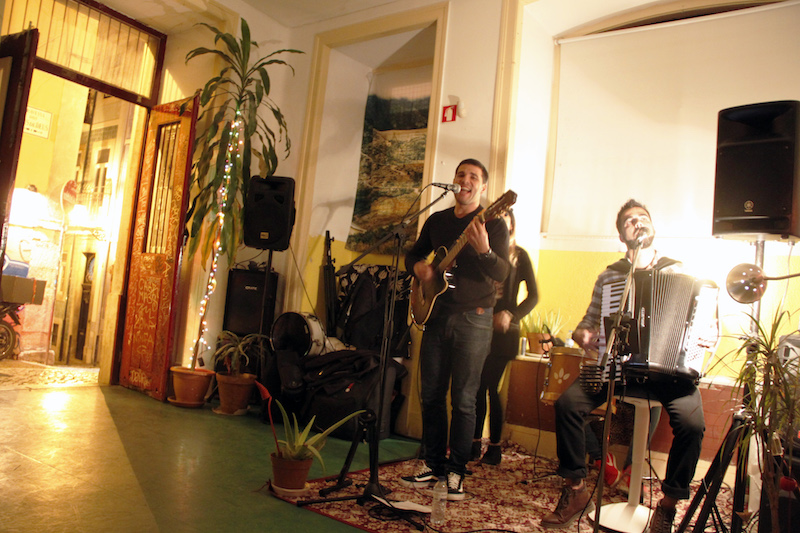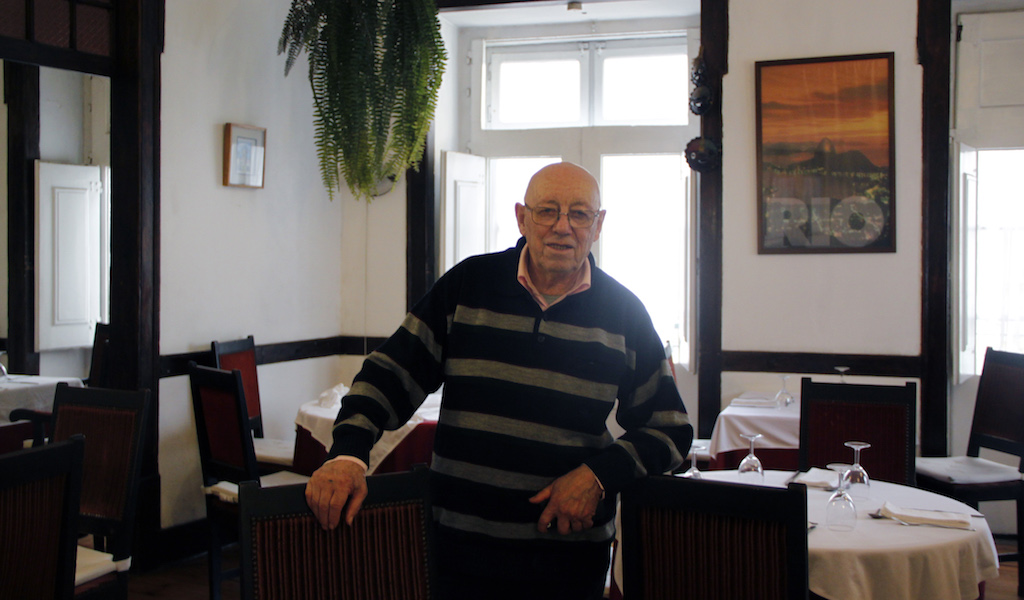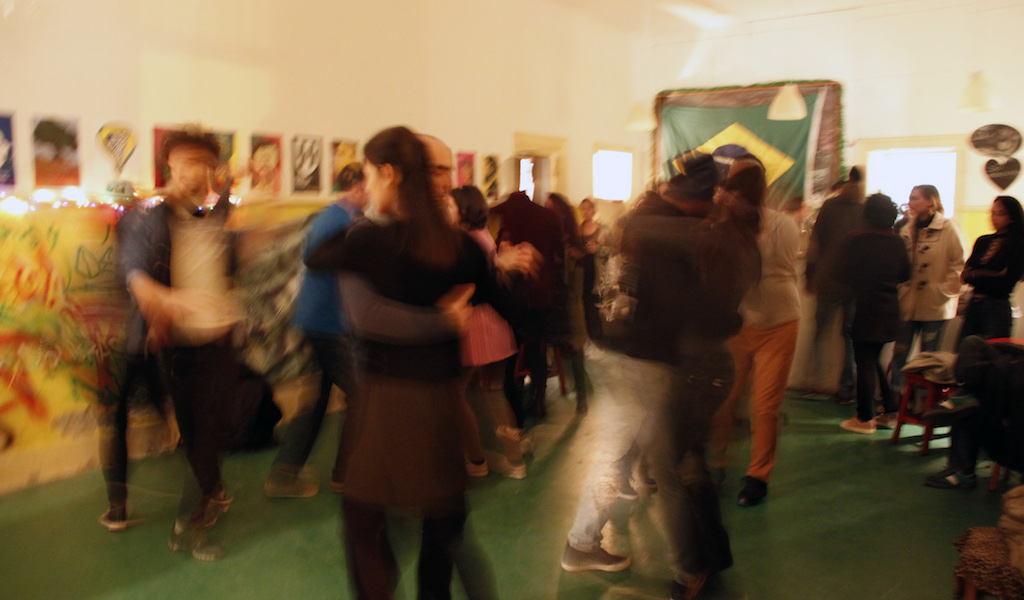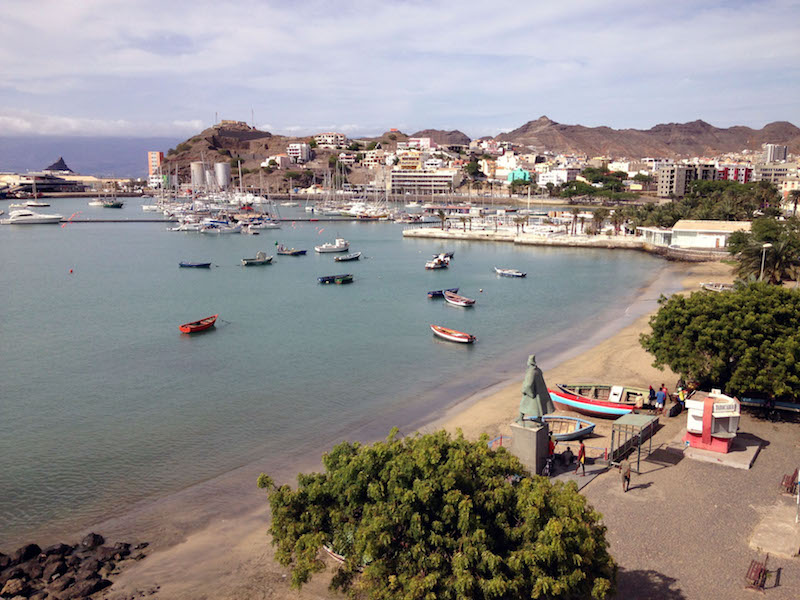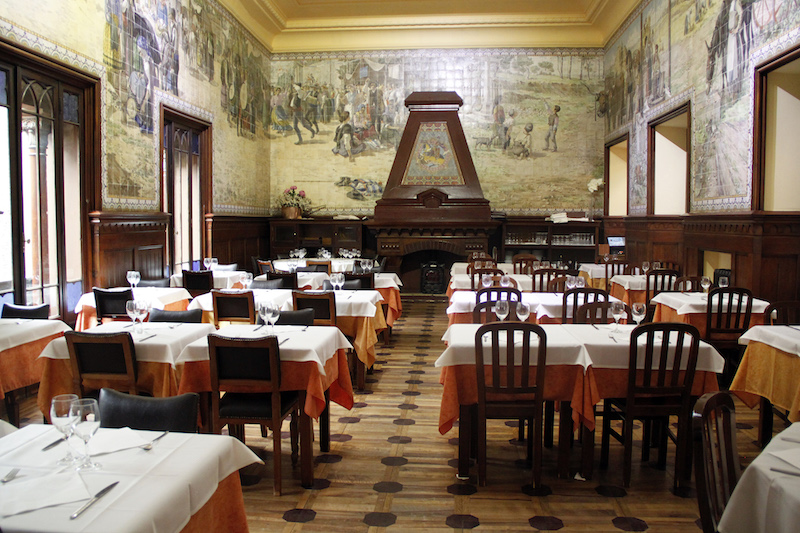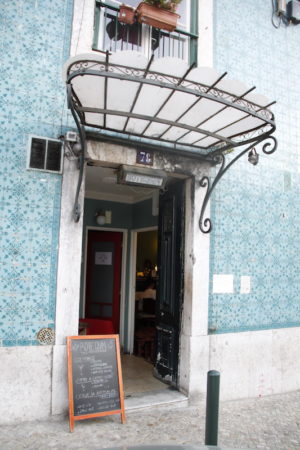We can't find the internet
Attempting to reconnect
Something went wrong!
Hang in there while we get back on track
Search results for "Francesca Savoldi and Syma Tariq"
Lisbon
Post-Colonial Lisbon: Brazil Edition
Lisbon’s communities from Portugal’s former colonies provide the strongest link to the country’s past, when it was the hub of a trading empire that connected Macau in the east to Rio de Janeiro in the west. Though integral elements of Lisbon life, these communities can sometimes be an invisible presence in their adopted land, pushed out to the periphery of the city. With our “Postcolonial Lisbon” series, CB hopes to bring these communities back into the center, looking at their cuisine, history and cultural life. In this fourth installment of the series, we look at Lisbon’s Brazilian community.
Read moreLisbon
Brazil in Lisbon: Taste
Brasuca owes its existence to Mr. Oliveira da Luz, known to locals as Juca, a trade unionist who escaped from political pressures in his homeland in 1976 to settle down in the Portuguese capital. Two years later he opened this restaurant in Bairro Alto. It wasn’t the first kitchen serving Brazilian dishes in the district, as a few other tascas – particularly those with Portuguese owners who had connections to Brazil – had incorporated some Brazilian staples in their menus, particularly the feijoada, a dense meat and black bean stew, but it was the first Brazilian restaurant opened in Lisbon by a Brazilian.
Read moreLisbon
Brazil in Lisbon: Go Deep
Among the many bars of raucous Bairro Alto, Casa do Brasil is a steadfast nighttime institution for Lisbon’s Brazilian community, hosting concerts and cultural events in a non-profit capacity. This two-floor venue is the place to chat, drink, eat and dance to a myriad popular rhythms from the homeland, all performed live: the festive accordion-drone of forró, the fast, happy chorinho or 1960s bossanova, as well as samba, rock and maracatu. The grungy ground floor, which mainly functions as a bar and dance floor, also hosts poetry sessions, film screenings and gastronomic events. Usually held on Mondays, their dinners provide the ideal space for getting to know the regional specificities of Brazilian food – its 26 states occupy more than half the South American continent, meaning it will take more than a couple of visits to get a full sense of the national palate.
Read moreWorldwide
Brazil in Lisbon: History
Despite Brazil being the largest of Portugal’s former colonies, the presence of its people in Lisbon has only been felt recently. During the 1950s and 60s, Brazilians in Portugal were limited to small groups of students, a few migrant adventurers and those Portuguese descendants born in Brazil who decided to return to the motherland. However, since the 90s, a more regular coming-and-going has been taking place between Brazil and Portugal. This pendulum-like swing of migration is a consequence of their respective political and economic crises and moments of growth. At the beginning of that decade, many Brazilians moved to Lisbon in the wake of the difficult inflationary crisis that was affecting South America’s biggest nation.
Read moreLisbon
CB on the Road: In Search of the Real Cape Verde
It’s a paradise on earth for tourists, and a harsh place to live for many of its own people. Traveling between the various islands of Cape Verde, on slow boats and delayed inter-island flights, it’s clear that the complex historical identity of this Atlantic archipelago, mixed with its heavily diasporic culture and unique natural extremes, make it somewhat of an anomaly on the African continent. Its maddening magic – as well as, of course, its cuisine – lies in its long, mixed-up story. Cape Verde is generally associated with “Caribbean-style” holiday packages and tour group vacations. But its mainstream appeal, helped by the sandy white beaches, palm trees and the emerald waters of its eastern islands, obscures the country’s dependence on foreign aid and remittances from its emigrants, who actually outnumber the national population.
Read moreLisbon
Casa do Alentejo: Grand Setting, Humble Food
Walk in through an anonymous iron gate, halfway down a road you would assume to be completely spoiled by mass tourism, and a surprise awaits. Casa do Alentejo in downtown Lisbon is one of the many old-school regional associations in the city – but none of the others look quite like this. Many who come across this 17th-century building think they are visiting a Moorish palace, perhaps a remainder of the time Muslims ruled over Al-Ishbuna. It’s a misleading impression. In fact, this was a generic building that served different uses over its long history, including as a residence and as a school.
Read moreLisbon
Botequím: A Spirited History
Next to some wooden shelves overloaded with spirits, a photograph of Natália Correia hangs on the wall. The photo’s placement makes it appear as if Correia, cigarette in hand, is surveying the small room, which is crowded with semi-broken tables. The late poet and upstart co-founded this tiny bar/café a few decades ago, and her presence is still felt here and in the neighborhood more generally: A nearby street, with a spectacular view of the city, is also named after her. Botequím is one of Graça’s oldest bars, located on the ground floor of Vila Sousa, one of the worker apartment complexes built at the end of the 19th century.
Read more